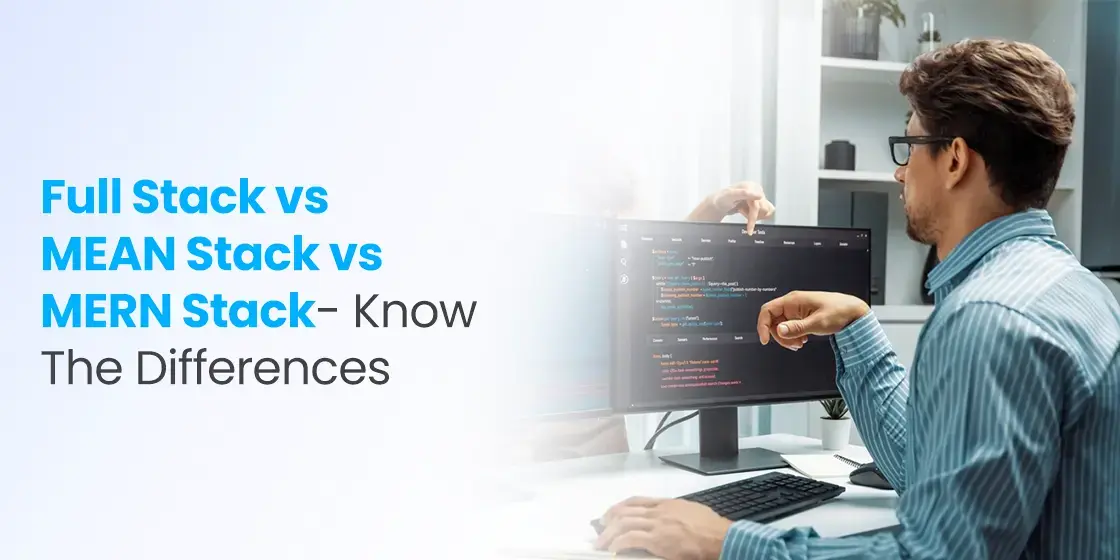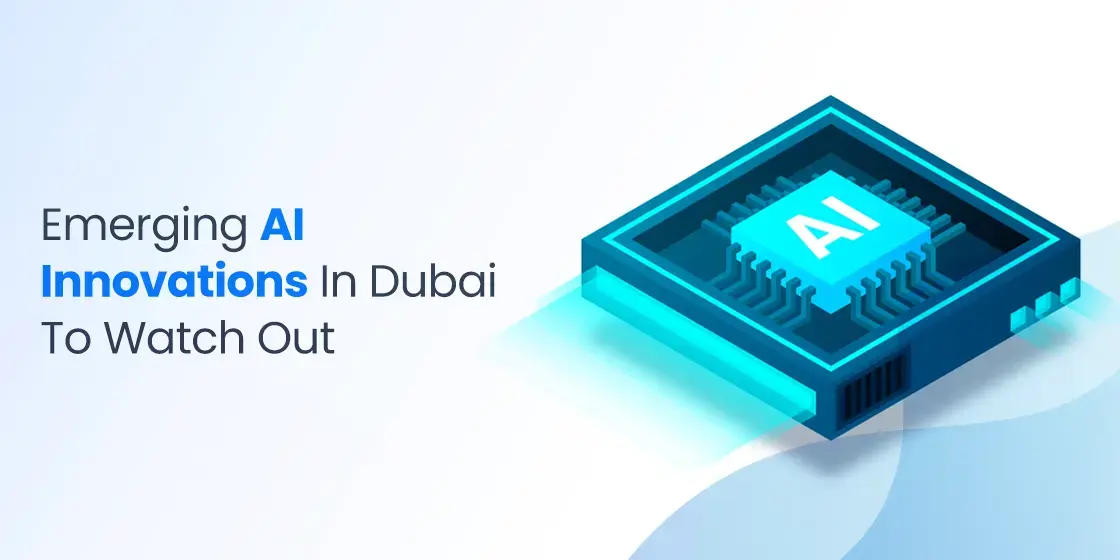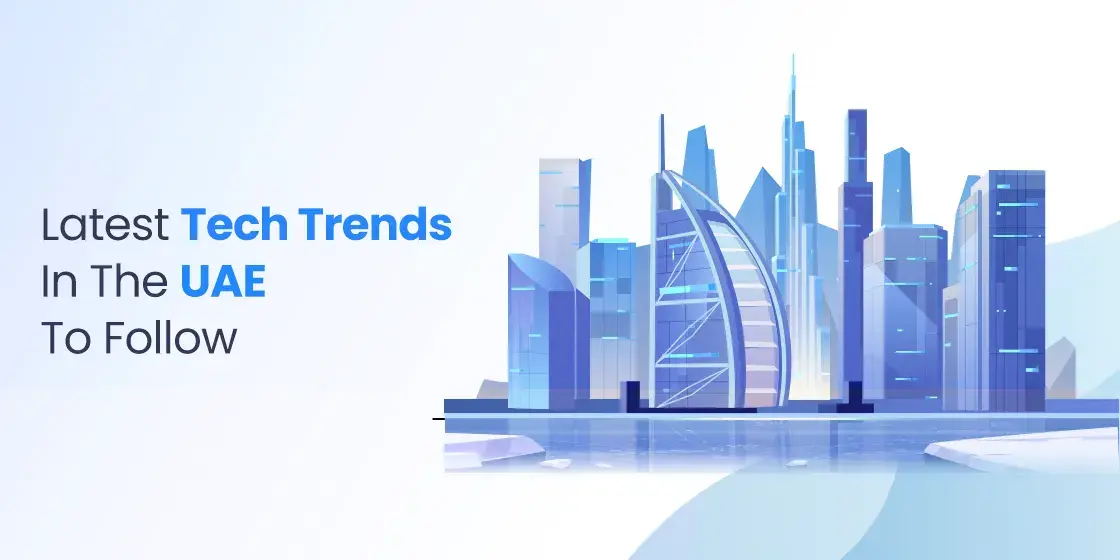Table of Content
Understand the Differences Between Full Stack, MEAN and MERN Stack Development
As a developer, it is important for you to focus on both front-end and back-end development. This, of course, requires learning different languages suited for each type of development. That is where many beginners get confused because learning various languages at once looks difficult to the. In this case, the concept of becoming a Full stack or MEAN stack developer should be known the people. There are differences between Full Stack vs MEAN stack vs MERN stack development, so you should know about them before pursuing your targeted line.
If you want to offer custom software development services to the clients, you should have a firm knowledge of Full stack development. Though MEAN and MERN stack are also not bad, but full stack developers are demanded by many agencies and clients. To know the fine line between these development types, you need to read this article in detail. It will let you know the core differences between Full Stack vs MEAN stack vs MERN stack development, so try to pay attention to all the details.
Let’s start from the basics understanding what is a stack in terms of tech resources and programming languages used for development.
What is a Stack?
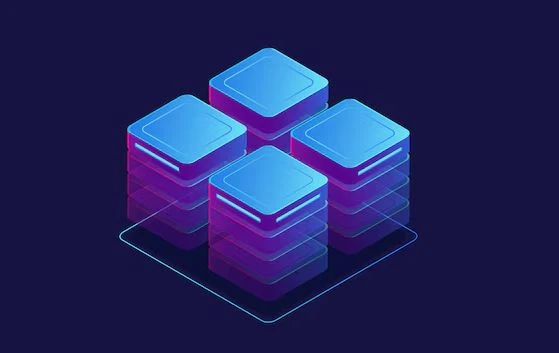
As a developer, it is essential to have a clear understanding of what is meant by the term “stack.” A stack, in the context of technology and software development, is a structured set of tools and resources used to build and operate applications or software systems. This concept underpins much of modern software development, and familiarity with it is a foundational skill for any developer, regardless of specialization or experience level.
A technology stack refers to the combination of programming languages, and other technologies that work together to enable the development and functioning of a particular software application. These technologies are chosen for their compatibility, ensuring efficiency and reliability throughout the development process. Whether you are working on a front-end application, a back-end system, or a full-stack project, the components of your chosen stack define how the application is structured and how it interacts with users or other systems.
Understanding and selecting the right technology stack is a critical skill for developers, as it impacts not only the ease of development but also the application’s performance, scalability, and maintainability. A well-chosen stack can streamline workflows and enhance collaboration among team members, while a poorly chosen one may lead to technical challenges and limitations down the line. Therefore, developers should continuously explore and evaluate different technology stacks to stay up-to-date with industry trends and best practices.
What is a Full Stack?
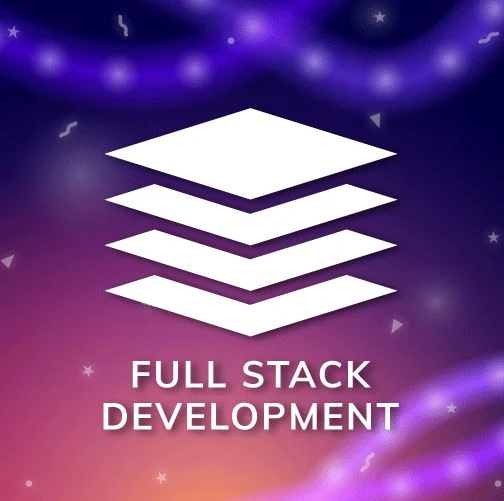
Full Stack technology encompasses a comprehensive set of tools, frameworks, and coding languages that enable developers to work on both the front-end and back-end aspects of an application or website. In essence, it represents the entire spectrum of development tasks required to create a fully functional digital product. Front-end development focuses on building the user interface and user experience, typically involving technologies such as HTML, CSS, JavaScript, and various front-end frameworks like React, Angular, or Vue.js.
A Full Stack developer is proficient in handling both client-side and server-side development processes. This includes not only writing code for visual elements that users interact with but also managing data flow, building APIs, and ensuring server stability and scalability. Additionally, they are often skilled in using version control systems which allows for efficient collaboration and code management across development teams. Their versatility allows them to oversee the development lifecycle from conceptualization to deployment.
Beyond technical expertise, Full Stack developers also bring value in terms of flexibility and problem-solving abilities. They can troubleshoot issues across the entire application stack, making them invaluable in both small startups, where developers often wear multiple hats, and large organizations, where cross-functional knowledge enhances team collaboration. Mastery of Full Stack technology enables developers to approach projects holistically, understanding how every part of the system interacts and contributes to the overall performance and user experience.
Partner with our software development specialists to pioneer custom solutions that drive your business forward.
Request Your Solution
Key Features of Full Stack Development
Full Stack development offers significant advantages in cross platform app development. One of the primary benefits is the versatility of Full Stack developers, who possess expertise across both front-end and back-end technologies. This allows them to seamlessly handle different stages of the development process, from designing user interfaces to managing databases and server-side logic.
- Proficiency in both front-end and back-end technologies, including languages like JavaScript, Python, Java, and frameworks such as React, Angular, and Node.js.
- Ability to handle all stages of development, from initial design and architecture to deployment and maintenance.
- Flexibility to switch between front-end and back-end tasks, depending on project requirements.
- Quick identification and resolution of issues across different layers of the application stack.
- Proficiency in tools like Git for effective code tracking, collaboration, and version management.
What is MEAN Stack?
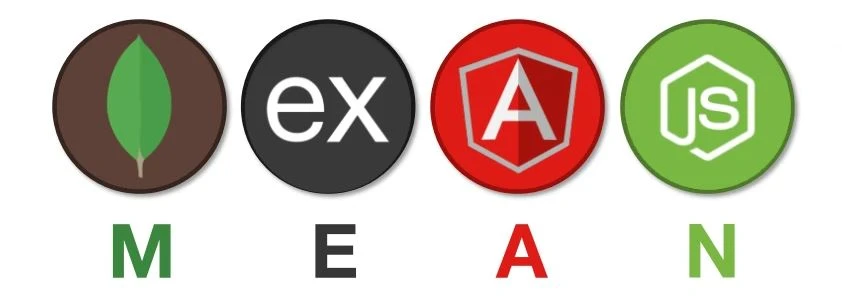
The MEAN Stack is a powerful collection of JavaScript-based technologies designed to streamline the development of dynamic and complex websites and web applications. This technology stack is renowned for offering a cohesive and efficient framework where developers can use JavaScript across the entire application, both on the client and server sides. MEAN stands for MongoDB, Express.js, Angular.js, and Node.js, with each component playing a crucial role in the software development lifecycle.
One of the standout advantages of the MEAN Stack is its ability to simplify and accelerate the development process. With JavaScript as the common programming language across all four components, developers can seamlessly transition between front-end and back-end tasks without needing to switch languages. This consistency reduces context switching, minimizes errors, and promotes better collaboration among team members. Additionally, the stack follows the Model-View-Controller (MVC) architecture, making it easier to organize and manage code efficiently.
Furthermore, MEAN Stack is well-suited for building real-time applications. The stack’s non-blocking architecture, ensures faster processing and response times, while MongoDB’s flexibility allows developers to handle large volumes of data effectively. Angular.js enhances user experience with its dynamic front-end capabilities, enabling the creation of responsive and engaging user interfaces. As an open-source stack, MEAN benefits from constant updates, improvements, and an extensive library of pre-built tools and modules.
Key Features of MEAN Stack Development
MEAN Stack development offers numerous advantages, making it a popular choice for building modern web applications. One of its primary benefits is the use of JavaScript across all layers of the application, allowing developers to work seamlessly on both the front-end and back-end without switching languages. This consistency simplifies app development, reduces context switching, and accelerates project timelines.
- JavaScript-based technologies across the entire stack for both front-end and back-end development.
- Scalability and flexibility to support growing application requirements.
- Non-blocking architecture provided by Node.js for high performance and quick response times.
- Express.js for simplified server-side application development with minimal overhead.
- Model-View-Controller (MVC) architecture for better code organization and maintainability.
- Faster development cycles with reusable code modules and pre-built libraries.
What is MERN Stack?
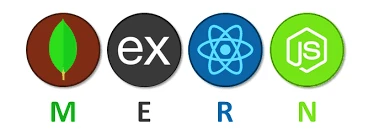
The MERN Stack is a widely adopted JavaScript-based technology stack used to build dynamic and high-performance web applications. It stands for MongoDB, Express.js, React.js, and Node.js, each playing a crucial role in the development process. MongoDB serves as the NoSQL database, Express.js functions as the server-side framework, React.js manages the front-end user interface, and Node.js provides the server runtime environment. Together, these technologies offer a seamless development experience, enabling developers to use JavaScript throughout the entire stack.
One of the key advantages of the MERN Stack is its ability to leverage the strengths of each of its components to create modern, feature-rich web applications. MongoDB ensures flexible and efficient data management, allowing applications to handle large amounts of unstructured or semi-structured data with ease. Express.js simplifies back-end development by offering a lightweight and powerful server-side framework, while Node.js supports a non-blocking, event-driven architecture for optimized server performance.
MERN Stack is particularly well-suited for building single-page applications (SPAs), real-time applications, and scalable systems. Its open-source nature provides developers access to a wide range of community-driven tools, enabling faster development cycles and cost-effective solutions. Additionally, the seamless flow of JSON data between front-end and back-end components ensures efficient communication and data handling. As businesses continue to demand scalable solutions, the MERN Stack remains a preferred choice for both startups and large enterprises.
Build your project with a skilled and dedicated team. Experience a collaborative and transparent approach.
Build My TeamKey Features of MERN Stack Development
MERN Stack development offers a wide range of benefits, making it a preferred choice for building dynamic web applications. The MERN Stack’s open-source nature and active developer community provide access to pre-built tools, reusable components, and ongoing improvements, resulting in cost-effective and efficient development solutions.
- JavaScript is used across the entire technology stack, enabling consistency in development.
- MongoDB offers a scalable and flexible NoSQL database for efficient data storage and management.
- Express.js simplifies back-end development with minimal overhead and robust routing capabilities.
- React.js enables the creation of reusable components and highly interactive user interfaces.
- Node.js provides a fast, event-driven, and non-blocking runtime environment for server operations.
Frequently Asked Questions
| What is full stack development? Full stack development refers to the practice of working on both the front-end and back-end components of a web application. It involves proficiency in multiple technologies across the entire development process. |
| What is MEAN Stack development? MEAN stack development refers to the use of MongoDB, Express.js, Angular, and Node.js to build dynamic web applications. It is a full-stack JavaScript framework that allows developers to create both the front-end and back-end using a single language, JavaScript. |
| What is MERN Stack development? MERN stack development refers to the use of MongoDB, Express.js, React, and Node.js to build full-stack web applications. It leverages JavaScript for both the front-end and back-end, enabling efficient development of dynamic, high-performance apps. |
Final Words
That brings us to the end of this blog in which we have discussed key differences between Full Stack vs MEAN stack vs MERN stack development. As a developer, you need to have your bases covered in different aspects of application programming. From server-side to client-side, you need to know how to work on both ends, as that allows you to become a complete developer. This article has discussed everything you need to know about Full stack, MEAN and MERN stack development. So try to understand all these concepts properly, as doing so will enhance your knowledge of various development approaches.

Empower your digital journey with StruqtIO - Your dedicated partner for cutting-edge custom software development, innovation, and digital transformative solutions. Harness the power of technology to elevate your business and redefine your digital landscape today.
